The candy everyone was obsessed with the decade you were born
Joanna Fantozzi

- Everyone enjoys reminiscing about their favorite candies from their childhood.
- Insider rounded up the most iconic candies from the 1940s up until now so you can see just how long your favorite candy has been around for.
- M&M's were first developed in 1941 and used as rations during World War II.
- According to legend, Pop Rocks were created by accident in 1956 by a scientist who was trying to invent a new type of soda.
Whether you were born in the 1940s and grew up with penny candy, or you were born closer to the new millennium and remember extreme sour confections, candy is nostalgic for everyone.
Insider has rounded up the most popular candies every year, from Tootsie Rolls in 1945 to Bertie Bott's Every Flavor Beans in 2000. Keep scrolling to find out which sweet treat was most popular the year you were born.
1945 — Tootsie Rolls
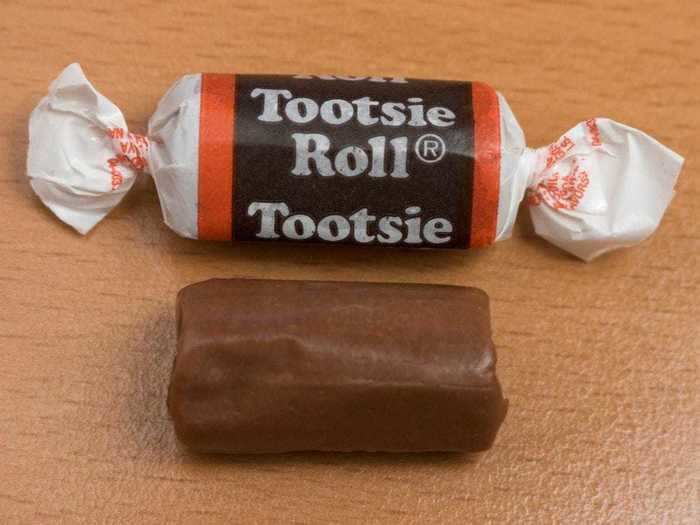
Tootsie rolls were invented in 1896 and sold for a penny each. During World War II — from 1942 to 1945 — they were sent overseas to soldiers as rations and to provide "quick energy." By 1945, the chocolate taffy chews had become very popular with regular citizens and were even advertised in comic books.
1948 — M&M's
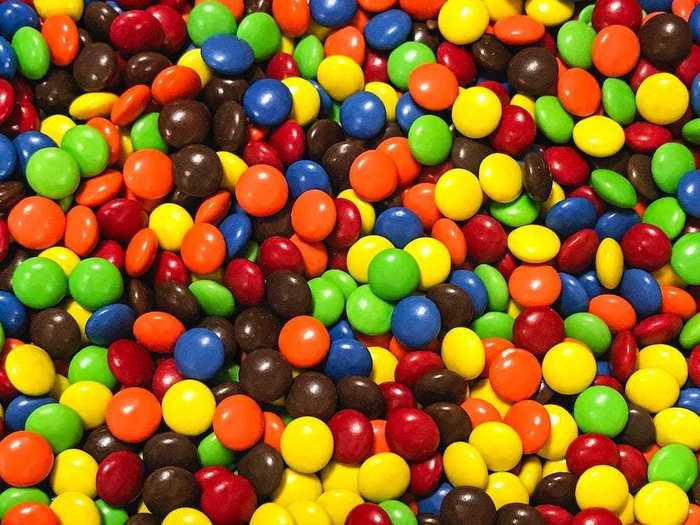
M&M's were first developed in 1941 and used as rations during World War II.
"M&M's were a military hit as the tube they were packaged in (they were originally sold in cardboard tubes) fit perfectly into military issue cargo pockets," confectionery expert Beth Kimmerle told Insider. "More importantly, the chocolate didn't melt due to its candy shell. The bright colors of the sugar exterior made a simple candy into whimsical chocolate cheer from home."
After World War II ended, M&M's were manufactured for the general public, and by 1948 they were being packaged in the familiar brown bags.
1950 — Hot Tamales
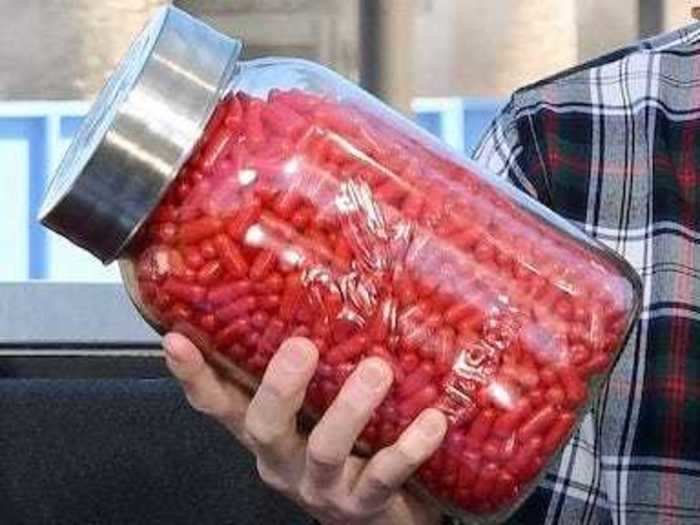
Hot Tamales were introduced in the year 1950 as a chewy, cinnamon candy by Just Born Confections (the same company that makes Peeps) and immediately gained popularity.
1953 — Candy cigarettes
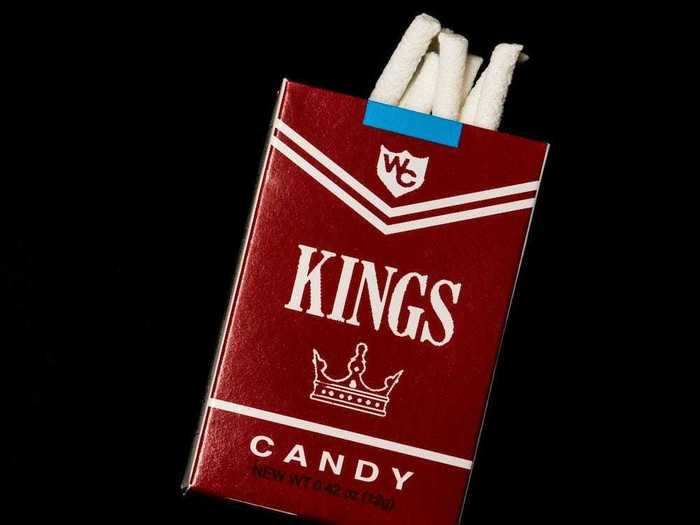
Candy cigarettes may not be around in their original form today (you won't actually find the word "cigarettes" on the packaging), but they were popular throughout the 1950s.
"The 1950s is when smoking peaked so my guess is that's why [the popularity of] candy cigarettes followed," Kimmerle said.
They became such an iconic candy store fixture that in 1953, the state of North Dakota actually banned the cigarettes for fear that they would become a gateway to real cigarettes for kids.
1955 — Good & Plenty
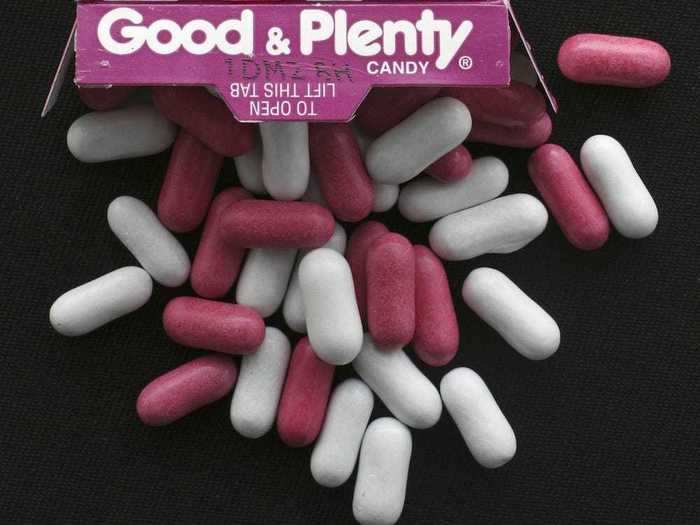
Good & Plenty — the candy-coated licorice nubs — was advertised in the 1950s using the popular "Choo Choo Charlie" character and one of the most iconic commercial jingles of all time: "Charlie says, 'I love my Good & Plenty.' Charlie says, 'it really rings my bell!'"
1957 — Charleston Chew
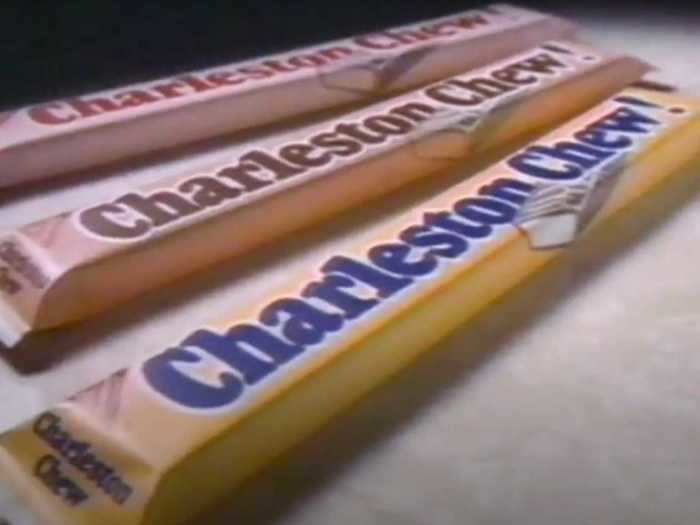
Although the Charleston Chew had already been around since the 1920s, this chocolate-coated nougat candy was sold to famous candy-maker Nathan Sloane in 1957 and doubled in production, making it one of the most popular chocolate bars of the late 1950s.
1960 — Pixy Stix
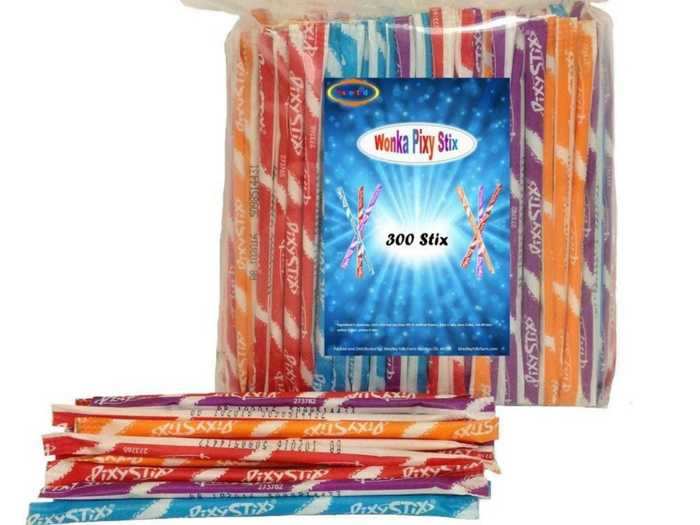
Pixy Stix were invented in 1952 using the powder from the popular Fruzola kids' drink (similar to Kool Aid), but they were not popularized until the 1960s, when a "colorful candy" revolution was underway (color, in general, burst onto the scene in the '60s, from art to fashion) and rainbow sweets like Pixy Stix and candy necklaces were all the rage.
"Candy, like many foods, is a reflection of time and tastes," Kimmerle said about the trend of colorful sweets in the 1960s.
1962 — SweeTarts

Another in-demand colorful candy from the 1960s were SweeTarts: tangy, sweet and sour candies that came out in 1962. SweeTarts are actually a more condensed, less messy version of Pixy Stix and use the same colorful sugar base.
1965 — Dum Dums
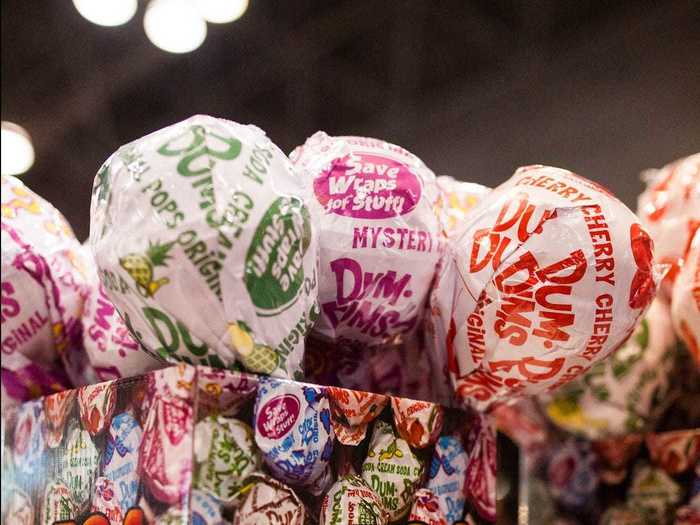
Dum Dums— the tiny lollipops that come in a variety of flavors — hit their stride in the mid-1960s.
"By the 1960s, Dum Dums became the obligatory treat in every bank, barber shop, and doctor's office in America," Kimmerle said. "While they were originally seven simple flavors, the company introduced a mystery flavor that would become the 'Where's Waldo?' of candy and perplexed children and adults alike."
Dum Dums mystery flavor is actually just the result of a glitch in production. Between producing one flavor and switching over to another, lollipops are made that are a little bit of flavor one and a little bit of flavor two. These get wrapped up as mystery flavors.
1967 — Starburst
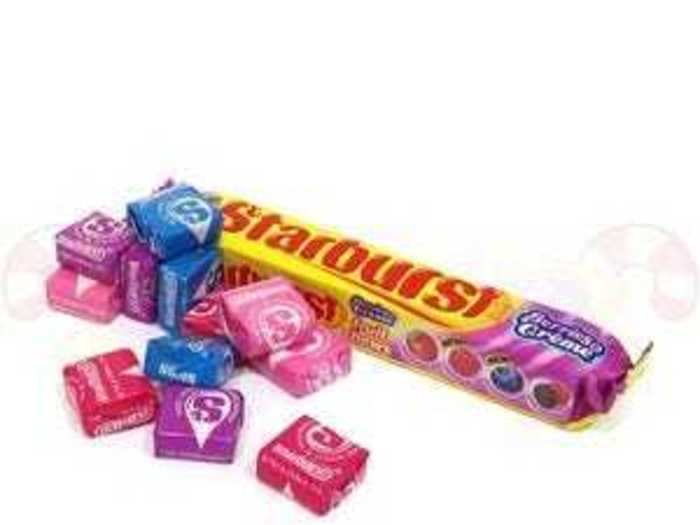
Although the bright, fruit-flavored chews were already being produced in the 1960s, it wasn't until 1967 that they migrated from England to America and their name changed from Opal Fruits to Starburst, according to Wrigley candy archives, the company that owns Starburst.
The catchier nickname and mass production of the four original flavors (strawberry, orange, lemon and lime), were an instant hit.
1970 — Reese's Peanut Butter Cups
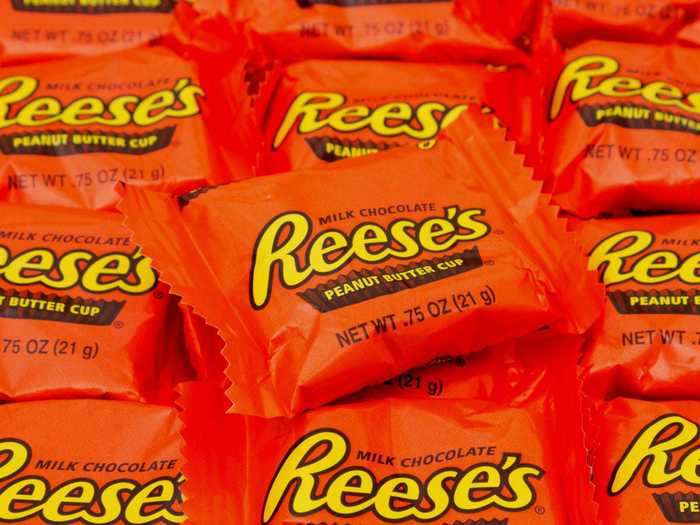
The classic combination of chocolate and peanut butter all started with Reese's peanut butter cups. After Hershey purchased the brand several years after H.B. Reese died, the peanut butter cup became a hit and the candy was Hershey's best-seller in 1969.
According to the company's archives, Hershey did not launch its first national advertising campaign until 1970. It wasn't until then that the first televised commercials for Reese's peanut butter cups went on the air.
Reese's peanut butter cups "really hit their stride in the 1970s," and went from a popular candy to an American icon, according to Kimmerle.
1973 — Fun Dip
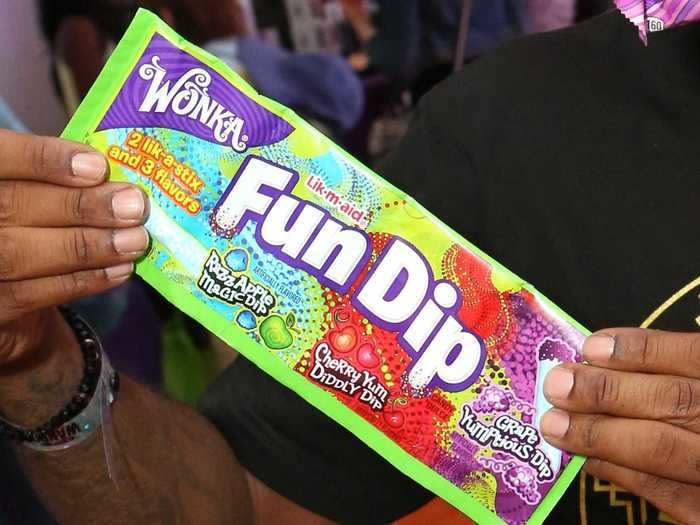
The 1970s introduced us to more powdered sugar confections. The Willy Wonka Candy company re-branded its World War II-era candy, Lik-M-Aide — a packet of flavored, colorful sugar — into Fun Dip in 1973 by adding the dipping stick.
1975 — Pop Rocks
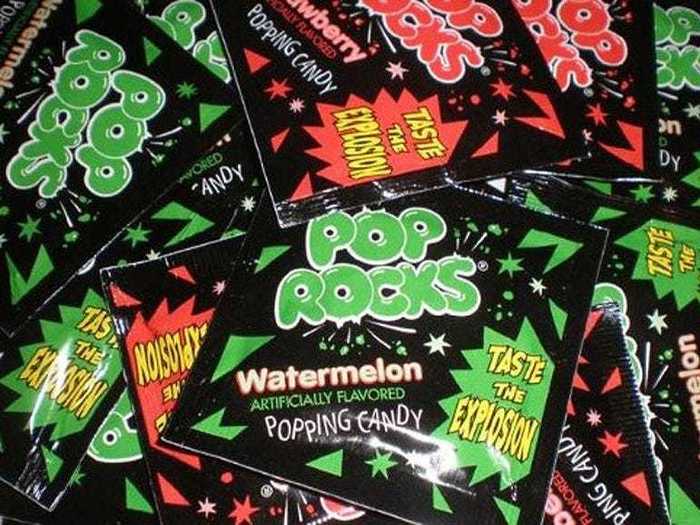
Pop Rocks — as the story goes — were created by accident in 1956 by a scientist who was actually trying to invent a new, instant soda by trapping carbon dioxide in soda tablets.
The experiment failed to make a new kind of soft drink, but 20 years later a General Foods chemist decided to tweak the ingredients in the experiment and mass-produce this new popping candy. By 1975, the candy was a new sensation.
1976 — Everlasting Gobstopper
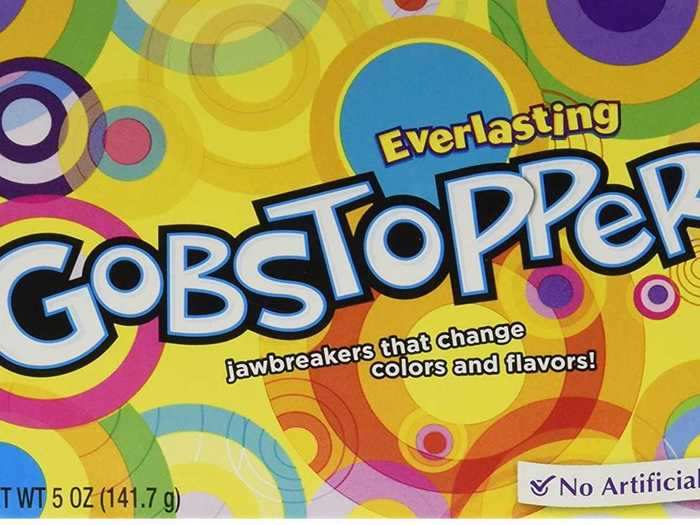
Everlasting Gobstoppers or Jawbreakers, inspired by Roald Dahl's "Charlie and the Chocolate Factory," were popular in the UK for decades before they were brought over to the United States in 1976. These hard sucking candies with layers of flavor grew in popularity throughout the late 1970s.
1980 — Jelly Belly jelly beans
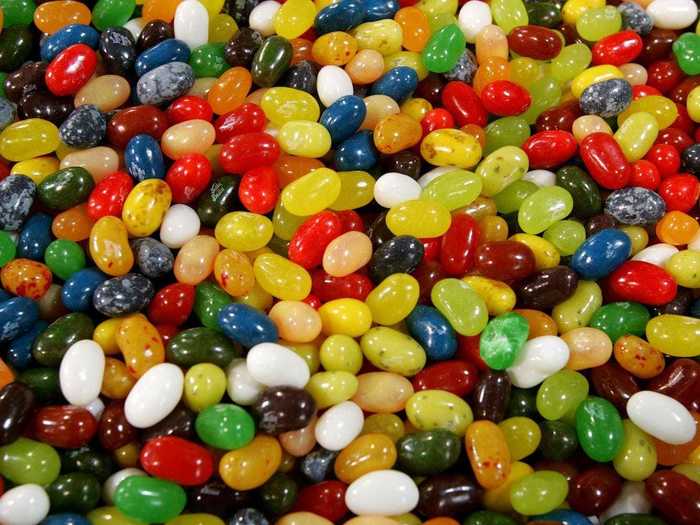
Although Kimmerle says that the Jelly Belly dynasty began in 1976 with the creation of Jelly Belly's first flavors like cream soda and green apple, their popularity didn't begin in earnest until Ronald Reagan's presidency starting in 1980.
The American president made no secret of his love for the flavorful jelly beans and even had them shipped to his inauguration celebrations in 1981.
1982 — Reese's Pieces
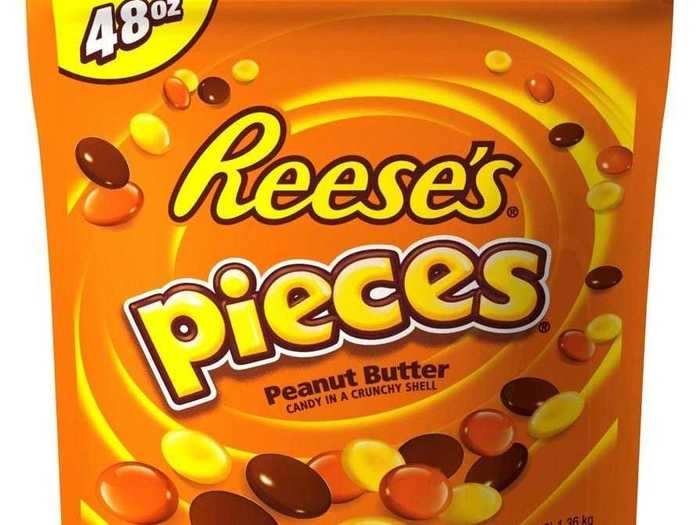
Reese's Pieces — the M&M-like peanut butter candies — got a major boost in popularity thanks to their starring role in the 1982 movie, "E.T. the Extra-Terrestrial."
In the movie, Elliot uses the crunchy candies to lure E.T. out of hiding, and the charming alien develops a taste for Reese's Pieces.
1983 — Skittles
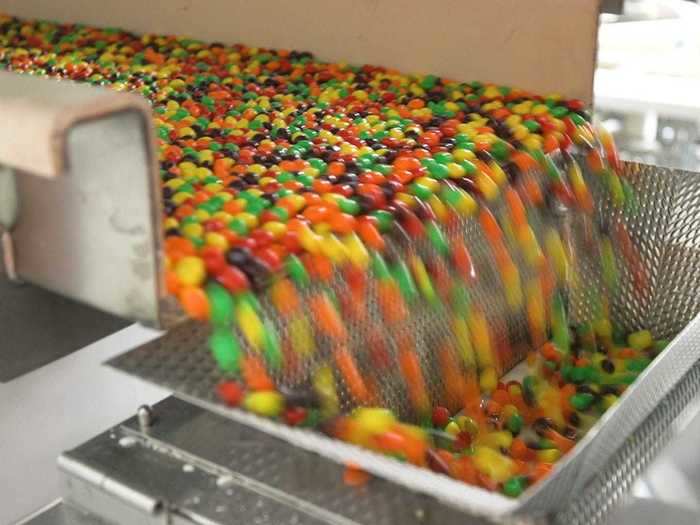
Skittles — like many popular candies — were actually first produced by a British company, but then the round fruit chews made their way to the United States in 1979.
By the early 1980s, the candies were being produced both in the UK and the United States, according to Mars, the company that owns Skittles, and wildly popular.
The 1980s also introduced us to the iconic slogan, "taste the rainbow."
1985 — Sour Patch Kids
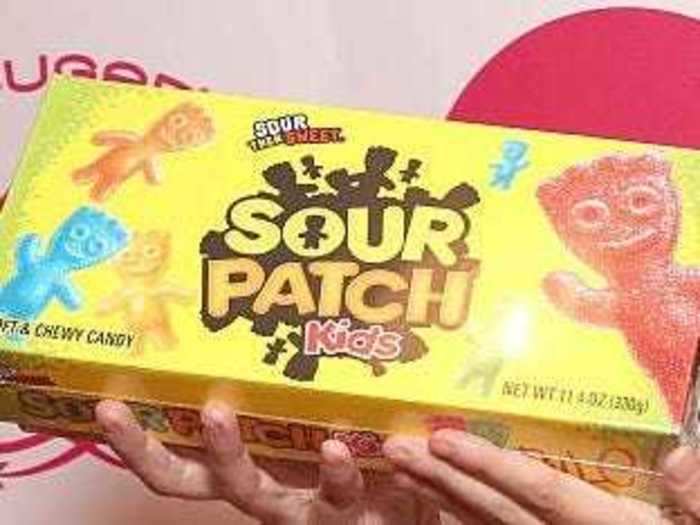
Sour Patch Kids were just one of the many sour candies people craved in the 1980s. These chewy candies coated in sour sugar were invented in Ontario, Canada, and began production in the United States in 1985.
They capitalized on the immense popularity of the Cabbage Patch Kids dolls and were hugely successful.
1988 — Gummy candies
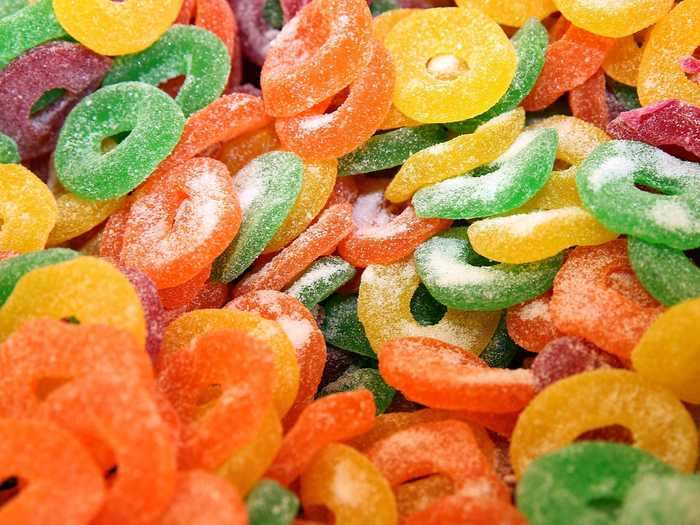
Although the iconic German Haribo gummy bears have been around since the 1920s, even more unique gummy forms were invented in the 1980s.
"Gummies were introduced from Europe to the US in the early 1980s," Kimmerle said. "The basic bear would later transform a candy category by spawning shapes like snakes, spiders, and even body parts."
1990 — Big League Chew
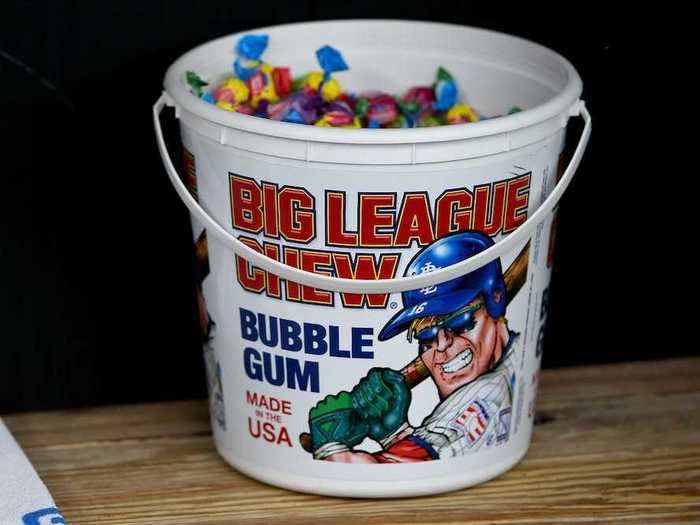
Former Major League baseball players Jim Bouton and Rob Nelson are credited with coming up with the name and marketing angle for shredded bubble gum in a pouch in 1977.
However, it wasn't until 1990 when Big League Chew started printing the now-iconic exaggerated caricatures of baseball players onto the gum packs and really played up the baseball angle that Big League Chew became a major gum brand for athletes and non-athletes alike.
1993 — Warheads
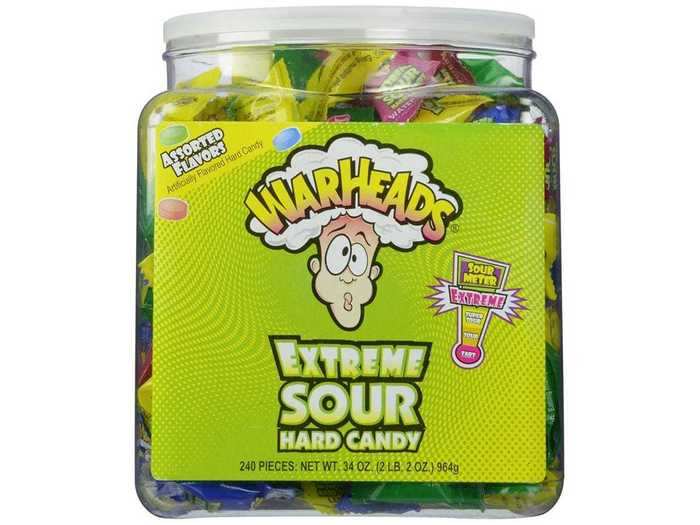
Warheads — the super-sour hard candies that turn sweet after 30 seconds of sucking on them — were invented in Taiwan in 1985 and migrated to the United States in 1993, causing sore tongues and parental headaches throughout the '90s.
1995 — Hershey's Cookies 'n Creme bar
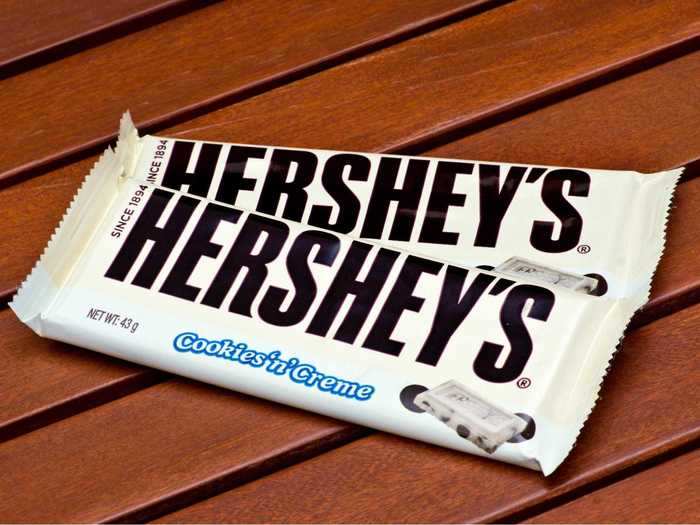
Hershey's Cookies 'n Creme bars — white chocolate bars with chocolate cookie flecks — were a major chocolate bar innovation for the Hershey company in 1995. It wasn't until 2017 that Hershey's introduced us to a new creation, the Hershey Gold bar.
1998 — Baby Bottle Pop
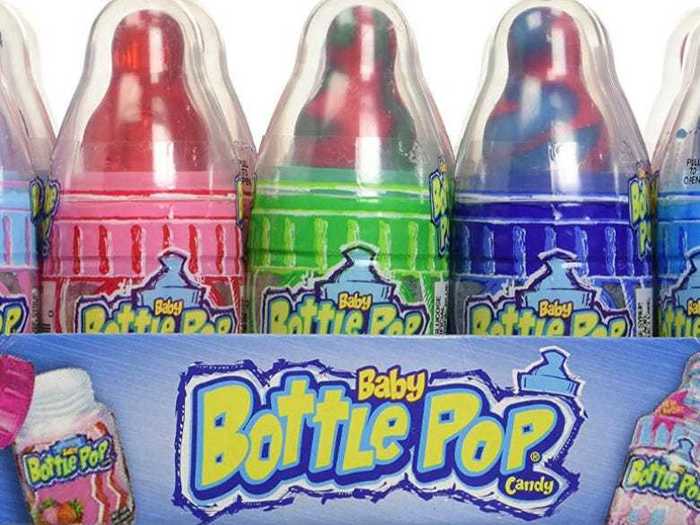
Baby Bottle Pop — the dippable lollipop candy shaped like a baby's bottle — introduced the world to its annoyingly catchy jingle in 1998.
2000 — Bertie Bott's Every Flavor Beans
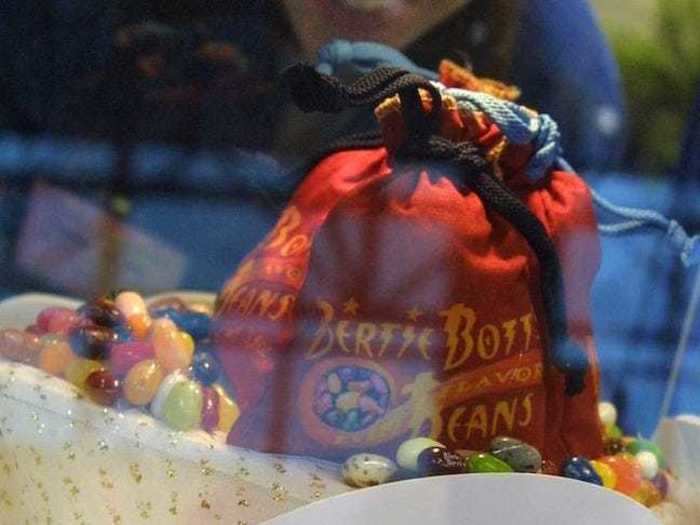
In 2000, Jelly Belly got a "Harry Potter" makeover with wizard world-inspired jelly beans known as "Bertie Bott's Every Flavor Beans." A box of Bertie Bott's included normal flavors like lemon, and disgusting flavors like vomit.
2007 — Five Gum
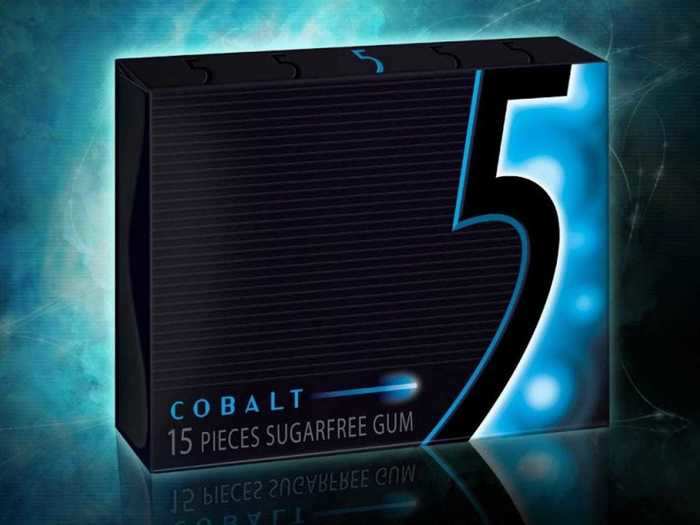
Although chewing gum had been around for more than 150 years, 5 Gum was one of the first candy gums to take advantage of a viral marketing campaign.
Wrigley's campaign for 5 Gum starting in 2007 was called "Stimulate Your Senses" and linked ordinary chewing gum to adrenaline-pumping experiences set to cool music and moody lighting, even though the candy itself was just ordinary gum.
The campaign was abandoned in 2015 once the hype wore off, but it's still one of the 10 most-sold candies in the US.
2017 — Snickers
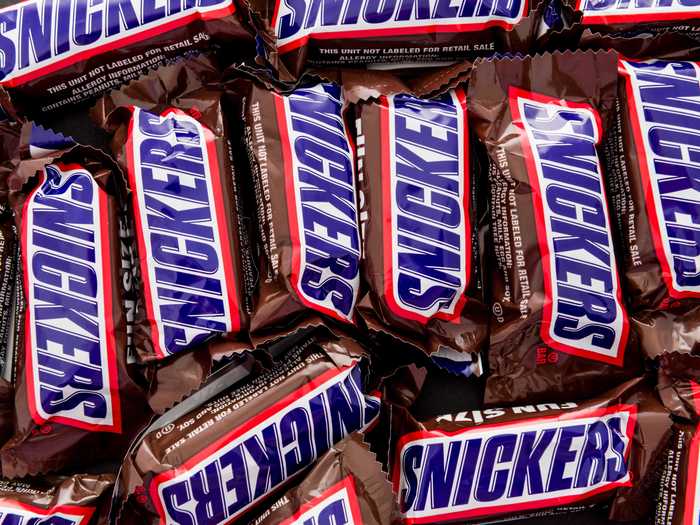
Snickers launched in 1930, and it's still beloved today. In fact, in 2017, Snickers bars were named by CandyStore.com as one of America's most popular Halloween candies. That year, Mars also announced three new limited-edition Snickers flavors: espresso, fiery, and salty & sweet. It has also since rolled out Snickers White.
- Read more:
- We tried Oscar Mayer's 'Ice Dog Sandwich,' which packs hot dog and mustard ice cream between two cookie buns
- Skittles' new Halloween pack includes a hidden 'disgusting' flavor that tastes like 'rotten zombie'
- 11 snacks you used to see in every movie theater but hardly find in concession stands today
READ MORE ARTICLES ON
Popular Right Now
Popular Keywords
Advertisement